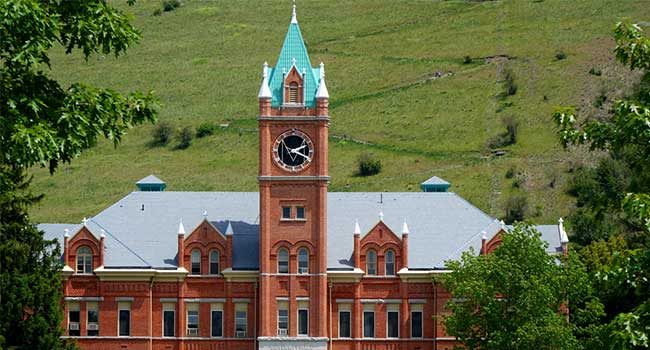
University of Montana Takes Steps to Improve Campus Safety
After being fined nearly $1 million, UM is improving campus security and safety.
- By Sydny Shepard
- October 17, 2018
The University of Montana is looking to improve campus safety after news of a nearly $1 million fine for "inaccurate and misleading" campus crime statistics. The Department of Education (ED) is requiring the university to fix internal problems that influence campus safety, including some that directly led to the misreported data.
UM officials are appealing the $966,614 penalty that was announced last month and said they are addressing the findings from the ED, which where from a review period from 2009 to 2012.
UM Police Capt. Ben Gladwin said the university submitted a response to the audit of more than 3,000 pages. The response indicated the steps UM is making on a continuous basis to ensure the safety of students, including adding fire statistics and safety policies to the annual campus safety report.
The school has also worked to correct a finding that said UM failed to identify staff members responsible for campus security and didn't collect crime reports from them. According to the Missoulian, "those 'campus security authorities' didn't even know their obligations, and the letter said their lack of training 'substantially contributed' to incorrect crime classifications."
The university is now holding trainings for their campus security authorities and also makes some education courses mandatory for some CSAs such as those in athletics. Campus officials said an estimated 360-380 campus staff may be deemed CSAs at any given time. These include coaches, resident assistants, all law enforcement officers and advisers to the Associated Students of the University of Montana.
"At a minimum, you want to make sure the CSAs walk away knowing who they are, knowing what they need to share and knowing how to share it," said Clery Center interim Executive Director Abigail Boyer.
About the Author
Sydny Shepard is the Executive Editor of Campus Security & Life Safety.